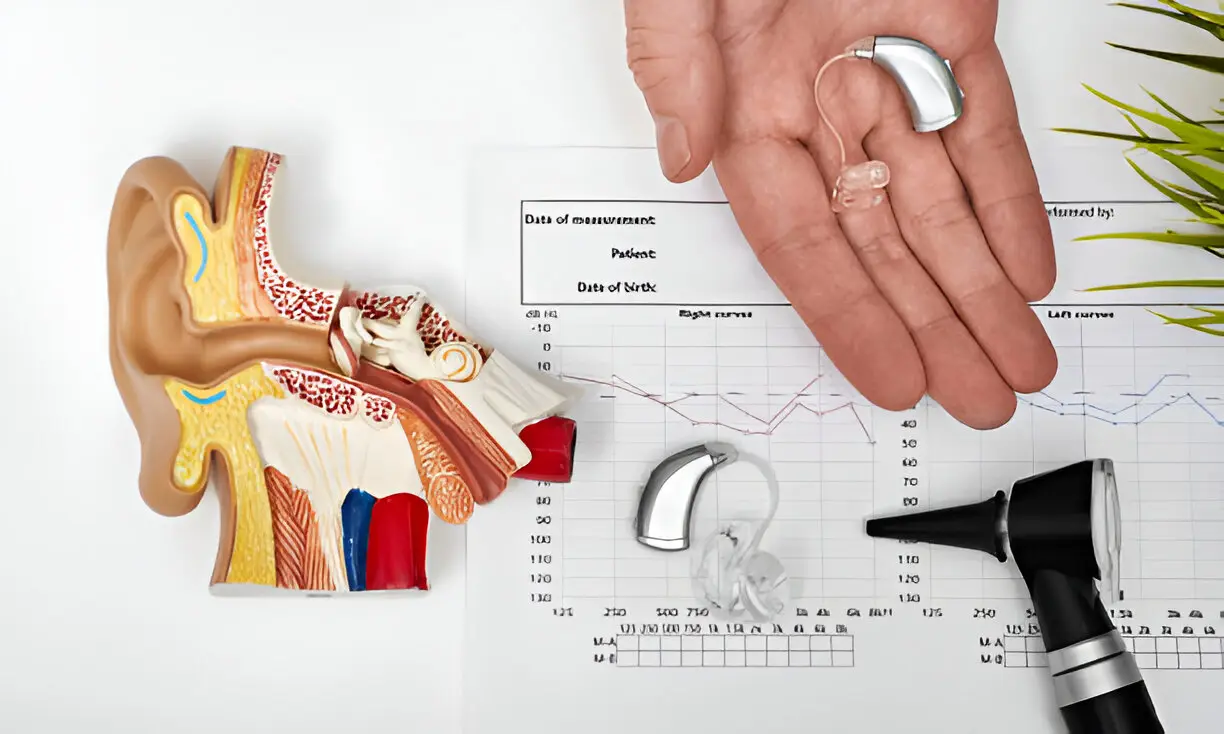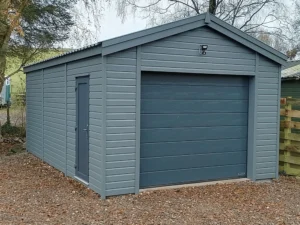It is concerning that hearing aids have been available for decades, yet a large percentage of people with hearing problems still do not use them. This shows a problem with the effectiveness of these devices or their cost.
The cost of buying and maintaining hearing devices is relatively high, especially for patients without insurance coverage. However, as hearing care advances rapidly, many people ask if hearing assistance will become more affordable by 2025. This article explains the cost of hearing aids.
Understanding the Cost of Hearing Aids
The most reliable place to get a hearing aid is at a hearing clinic, where prices range from $1,000 to $8,000 per pair, depending on the features included. When determining the cost of hearing aids, it is important to note that patients can choose the basic model, which is more affordable, or select those with advanced features, which can push the price higher.
In recent years, however, competition among manufacturers and retailers has created a wider range of price points, giving buyers more flexibility to choose a device that fits their hearing needs and budget.
Changes in Prices
Many manufacturing industries, including those making hearing aids, enjoy increased efficiency and reduced production costs. Despite these improvements, the expected price reduction reflecting these efficiencies has yet to materialize.
The high price has led to consumers using technology to connect with providers offering lower prices through bundled or subscription-based services. Patients now bypass traditional clinics to access hearing aids, even if the technology itself is a high-end and sometimes expensive product.
Over-the-Counter (OTC) Options
In 2022, the FDA allowed hearing aids to be sold over the counter, which has led to more affordable models entering the market. As a result, manufacturers have increased production considerably.
Today, some stores sell OTC hearing aids for as little as $300, providing a practical option for those with mild or moderate hearing loss. Besides being cost-efficient, OTC hearing devices eliminate the barrier of appointments and audiologist fees, reducing the overall care cost for many users.
Payment Plans
Many hearing aid providers now offer payment plans that make these devices more financially accessible. Those with hearing problems can buy these devices from companies that provide subscription services, where fees are typically reasonable and include support and upgrades. These models help spread the cost and make the investment more manageable for those who cannot afford high lump sum payments.
Technology Advancement
Thanks to technological advances, patients with hearing problems can acquire hearing aids with advanced features like Bluetooth connectivity, rechargeable batteries, and app-based controls, often at the same price. This is a significant improvement compared to those made a few years ago. These improvements give patients value for money since they get more technology features without necessarily paying more.
Limited Insurance Coverage
Despite improved access to audiology services and insurance coverage for hearing aids, patient benefits remain inconsistent across providers. Few insurance plans cover hearing aids, and those that do may not cover the full cost. This lack of insurance coverage poses a significant challenge for many patients unless out-of-pocket expenses are further reduced.
So, is hearing care more affordable in 2025? Hearing aids still require a significant investment, but overall, hearing care has become more flexible and accessible. Many low-entry points are available today for patients who need hearing aids. Therefore, hearing aids are more affordable and accessible, not through drastic price drops but through greater customization and access options for every budget.
Also Read-Tech Protection 101: Cybersecurity Tips to Safeguard Your Business










